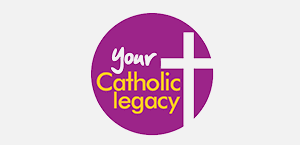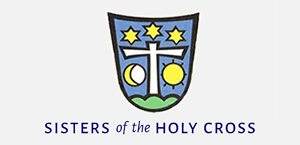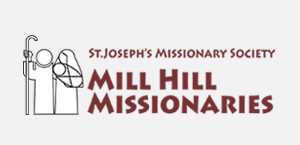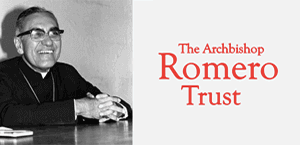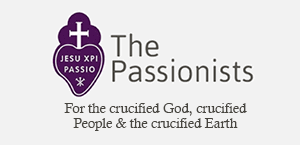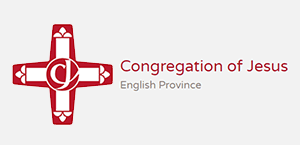Gospel in Art: Feast of Saint Edward the Confessor, King
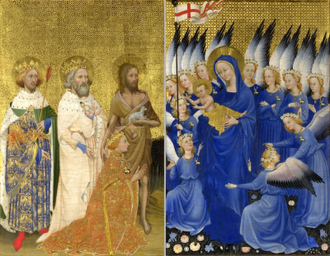
Richard II presented to the Virgin and Child by his Patron Saint John the Baptist and Saints Edward and Edmund (The Wilton Diptych), Unattributed, Made for Richard II, King of England 1377 - 1399 © The National Gallery, London
Source: Christian Art
Gospel of 13 October 2025
Matthew 5:1-12a
At that time: Seeing the crowds, Jesus went up on the mountain, and when he sat down, his disciples came to him. And he opened his mouth and taught them, saying: 'Blessed are the poor in spirit, for theirs is the kingdom of heaven. Blessed are those who mourn, for they shall be comforted. Blessed are the meek, for they shall inherit the earth. Blessed are those who hunger and thirst for righteousness, for they shall be satisfied. Blessed are the merciful, for they shall receive mercy. Blessed are the pure in heart, for they shall see God. Blessed are the peacemakers, for they shall be called sons of God. Blessed are those who are persecuted for righteousness' sake, for theirs is the kingdom of heaven. Blessed are you when others revile you and persecute you and utter all kinds of evil against you falsely on my account. Rejoice and be glad, for your reward is great in heaven.'
Reflection on the Diptych
Today we celebrate the feast of Saint Edward the Confessor, king of England, who died on 5 January 1066. He is called "the Confessor" to distinguish him from King Edward "the Martyr" (d. 978), another saint of pre-Reformation England. Edward the Confessor is famously depicted in the Wilton Diptych, painted around 1395. On the left panel we see three saints (from left to right): St Edmund the Martyr, St Edward the Confessor, and St John the Baptist, presenting King Richard II to the Virgin and Child. Edward holds a ring in his hand, a reference to the most beloved legend about him, preserved in the Sarum Breviary. The Use of Sarum was the form of the Latin liturgy developed at Salisbury Cathedral and widely followed in England from the late 11th century until the Reformation.
The Sarum Breviary recounts a beautiful story that reveals Edward's humility and devotion to St John the Evangelist. While attending the consecration of a church, Edward was approached by an elderly man who begged for alms in the name of God and of St John. The royal almoner (the official in a king's household responsible for distributing alms -money, food, or clothing-to the poor on behalf of the monarch) was absent, and the king had nothing else on him, so he gave the man his own ring. Years later, two English pilgrims in Jerusalem encountered an old man who, on hearing they were from England, entrusted them with a message: "Tell your king that I am John, the Apostle and Evangelist. I love Edward for his chastity, and I know him to be near to God. The ring which he gave me I return to him, and soon I shall reward him with greater gifts: within half a year he will be clothed in the robe of immortality." The pilgrims brought both the ring and the message back to Edward. True to the prophecy, the king fell ill on Christmas night, and by Childermas was too weak to attend the consecration of his new church at Westminster. He died shortly afterwards. That Romanesque church would later be replaced by the great Gothic Westminster Abbey, which still houses his shrine today.
On the Wilton Diptych itself, we see Richard II kneeling with outstretched hands, receiving the standard of St George from the Virgin and Child. Christ blesses both the banner and Richard's rule. Around the Virgin stand angels, each one wearing a white hart badge, the king's personal emblem, inherited from his mother and serving as a clever visual pun on his name, Rich-hart. This little devotional panel thus combines legend, liturgy, politics, and piety: a king's earthly reign set beneath the eternal blessing of Christ and the intercession of England's saints.
LINKS
Gospel in Art: https://christian.art/
Today's Reflection: https://christian.art/daily-gospel-reading/matthew-5-1-12a-2025/









